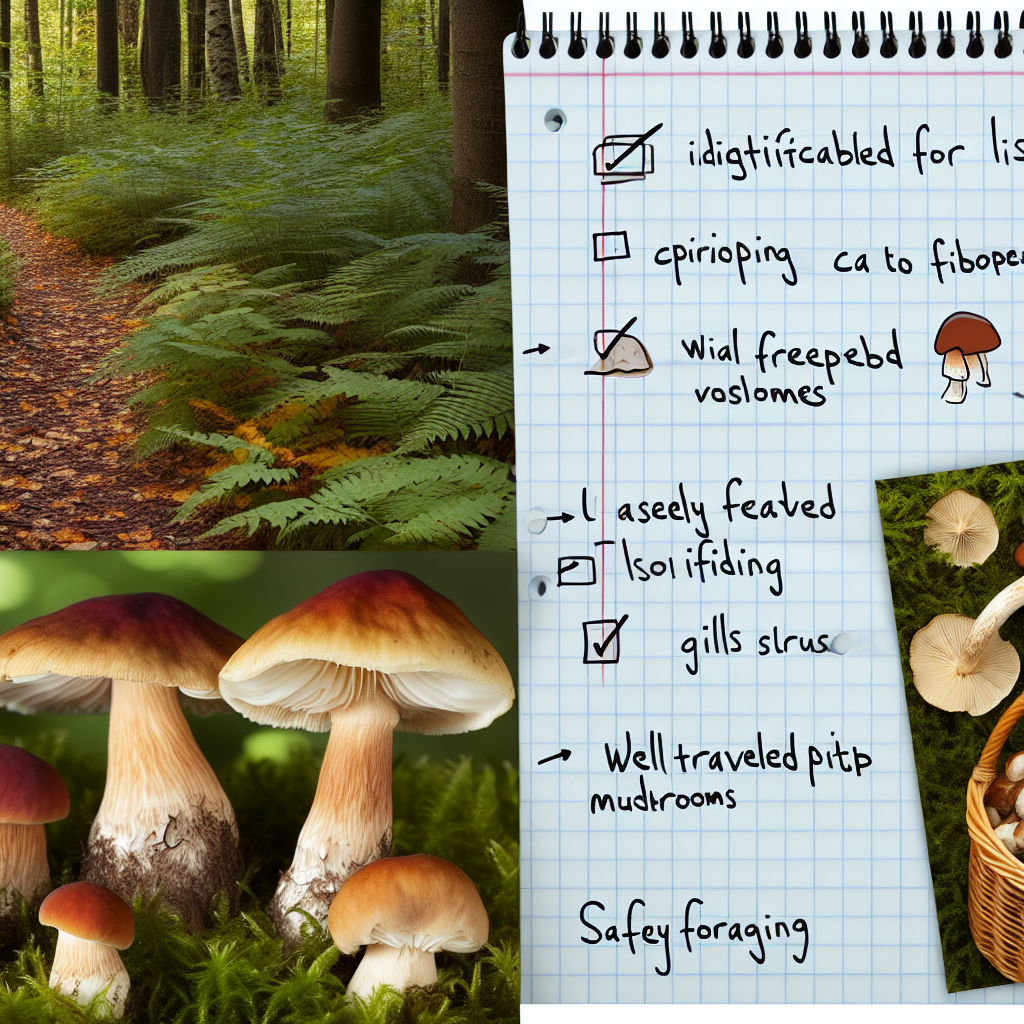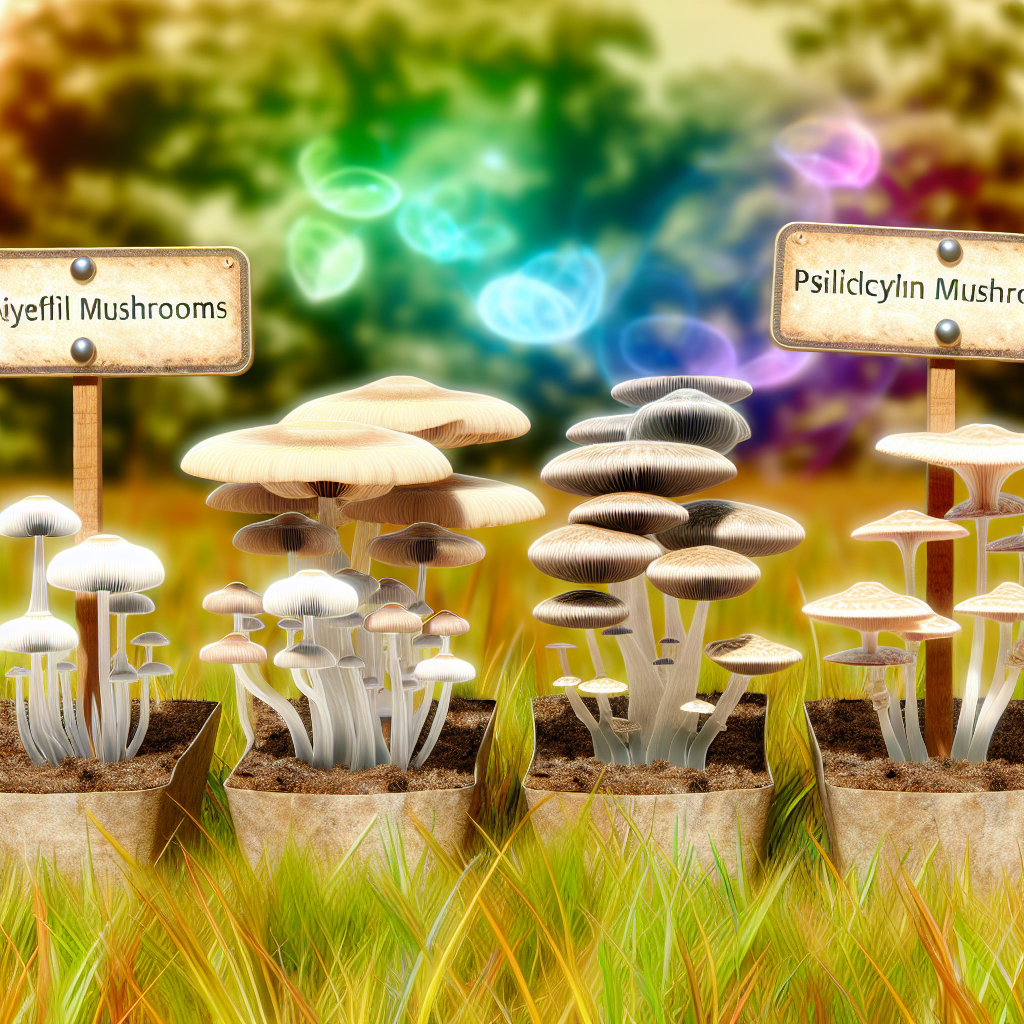Here is the cleaned up blog post with the requested changes:
Mushroom-Based Fiber Products: Beyond Consumption Applications
In the constantly evolving world of holistic health and sustainability, mushrooms are stepping beyond their traditional role in cuisine and psychedelics to become a cornerstone of bio-innovation. While many are familiar with the nutritional and therapeutic benefits of consuming medicinal mushrooms like lion’s mane, reishi, and chaga, an emerging area of innovation lies in mycelium-based fiber products. These mushroom-influenced materials are revolutionizing industries from fashion to medical textiles, offering natural, biodegradable solutions with potential therapeutic values.
Mycelium—the root-like structure of mushrooms—is the real game changer here. Mycelium networks are not only integral to soil health and ecological balance but can also be repurposed into sustainable materials through advanced biotechnology. These fibrous tissues grow quickly, feed on organic waste, and can be molded into textiles, leather-like materials, packaging materials, and even bandages. The importance of this bio-material has caught the attention of researchers, environmentalists, and healthcare professionals alike.
From biodegradable wound dressings to wearable wellness garments, the rise of mushroom-based products opens up an expansive frontier of applications that extend mushroom use far beyond consumption. For medical professionals and patients alike, natural and nontoxic alternatives to synthetic fibers could revolutionize how we approach healing and wellness, especially for those with sensitive skin or specific allergies.
Moreover, the health-supportive molecules found in mushrooms—such as beta-glucans, triterpenoids, and ergothioneine—are opening new doors for integration into external-use fiber applications. Potentially, garments or bandages infused with these bioactive compounds could help stimulate immune response or provide antioxidant protection when used in wound care or day-to-day apparel for immune-compromised individuals.
The intersection of mushroom biology, sustainable materials science, and healthcare innovation is quickly becoming one of the most promising developments in the medical and wellness industries. As we uncover more about the versatile properties of mushrooms, their applications in fiber products appear not only viable but also vital in addressing the ecological and healthcare challenges of the 21st century.
Groundbreaking Applications: Science Meets Mycelium
Recent scientific interest in mycelium-based materials has shown promising directions, especially in applications for sustainable textiles and bio-composite materials with medical relevance. Companies like Ecovative and MycoWorks are leading the charge in developing mycelium materials that mimic leather and structurally resemble synthetic fibers—offering a clean, antimicrobial, and biodegradable alternative.
Antimicrobial Potential: A Textile Shield Against Infection
A 2022 study published in the journal Advanced Functional Materials examined the efficacy of mycelium substrates in producing antimicrobial biosurfaces for wound dressings. The study found that certain mycelial materials can inhibit bacterial proliferation, including strains such as Staphylococcus aureus and Escherichia coli, due to their phenolic and terpenoid compounds. These built-in microbial barriers make mushroom-based fiber products excellent candidates for hospital textiles, wound wraps, and surgical gauze.
Accelerated Healing: Biocompatible Solutions for Skin and Wounds
Polysaccharides such as beta-glucans—found abundantly in mushroom cell walls—are known for their immunomodulatory effects. Research has shown that beta-glucans can stimulate macrophage activity and promote collagen synthesis when used topically. According to a 2020 review in Molecules, applying beta-glucan-rich mushroom-derived gels or sheets on wounds not only accelerated healing but also reduced scar formation. These promising results pave the way for mycelium-based fiber plasters and dressings imbued with bioactive healing agents.
Functional Fashion: Wellness You Can Wear
Another fascinating avenue is the application of mushroom fibers in creating wearable textiles that go beyond aesthetics to offer health benefits. Mycelium can be engineered to infuse the fiber matrix with anti-inflammatory and antioxidant compounds. This could prove extremely beneficial for people with chronic skin conditions, autoimmune sensitivities, or even those undergoing chemotherapy.
Additionally, studies have begun to highlight the breathability and moisture-wicking capabilities of mycelium fabrics, which can help in managing skin integrity for bed-bound or mobility-impaired patients. Products with these traits reduce the risk of infections and pressure sores—an important factor in long-term care facilities.
Eco-Friendly by Nature: Addressing Environmental and Public Health
The environmental sustainability of mushroom fiber products cannot be overstated. Typical synthetic fibers, including polyester and nylon, persist in the environment for centuries and release microplastics into ecosystems. Mycelium-derived fibers biodegrade naturally without generating toxic waste. This makes them exemplary choices not only for environmentally-conscious consumers but also for institutional healthcare systems aiming to reduce their carbon footprint.
More impressively, as mushroom-based products do not require animal agriculture or petroleum-based production processes, they align with larger public health goals aimed at reducing climate-change-related diseases and pollution-induced respiratory conditions.
The Future is Fungal: A New Era of Health, Sustainability, and Design
As research continues to validate the numerous benefits of mushroom-based fiber products, it’s clear that we are only at the beginning of this exciting frontier. From eco-conscious fashion to antimicrobial medical textiles, these innovative materials offer a sustainable, functional, and medically relevant alternative to traditional fibers. The future of healthcare and bio-design could very well rest on a foundation of fungi.
References & Further Reading
- Advanced Functional Materials – Study on antimicrobial mycelium
- Molecules – Review on mushroom beta-glucans and wound healing
- MycoWorks – Mycelium leather materials
- Ecovative – Sustainable material innovations
- UNEP – Environmental effects of synthetic textiles
For more in-depth explorations of healing mushrooms and cutting-edge natural medicine, visit us at ShroomFan.com.
Summary:
Mushrooms are revolutionizing industries beyond just food and medicine, with innovative mycelium-based fiber products offering sustainable, antimicrobial, and biocompatible solutions for textiles, wound care, and healthcare applications. From eco-friendly fashion to accelerated healing, the versatile properties of mushrooms are transforming the future of materials science and public health.

Dominic E. is a passionate filmmaker navigating the exciting intersection of art and science. By day, he delves into the complexities of the human body as a full-time medical writer, meticulously translating intricate medical concepts into accessible and engaging narratives. By night, he explores the boundless realm of cinematic storytelling, crafting narratives that evoke emotion and challenge perspectives. Film Student and Full-time Medical Writer for ContentVendor.com


